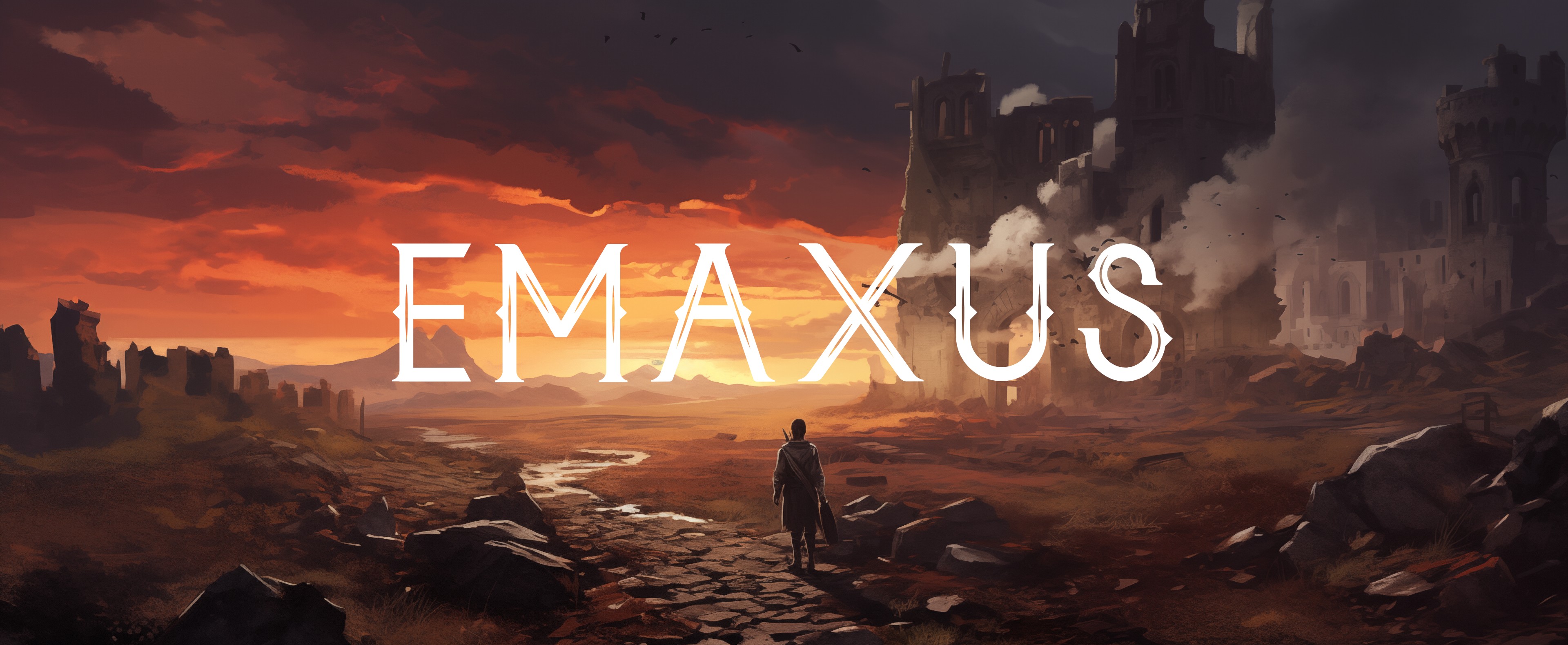Falarak
In the vast, untamed lands of Drumis, there are a great many monsters, animals, and alien creatures that defy common knowledge and evolutionary castes found on other continents. One of the best examples of this is the Falarak, preferred worker beast of those few brave souls who sparsely settle the vast coastline of this hostile continent.
The Falarak is a hulking beast, with most male adults coming to nearly ten feet tall, and females coming to nearly twelve. Falaraks are muscular, with powerful but stout legs and long, powerfully built arms. They stand akin to a gorilla, resting low on their haunches and using their hulking arms to help bare much of their weight while moving. Other than size, the best way to tell the gender of a Falarak is their hide color. Falaraks have thick, furred hides, with male fur ranging from deep blue to black and female fur coming in from red to orange and white. The average Falarak lives around twenty years.
Their small, piggish, tusked heads belie an animal intelligence and modicum of societal concepts that make give the Falaraks their greatest uses to mortal civilization: despite their size, they are surprisingly docile, and so long as they are treated with respect and kept fed, they will work the land and, in some cases, even defend homesteads and villages. Falaraks tend to herd in groups of ten to twenty, with the largest coming into the fifties, and some mortal communities in Drumis have formed basic bartering pacts with entire Falarak societies and formed a strange sort of commune.


Comments